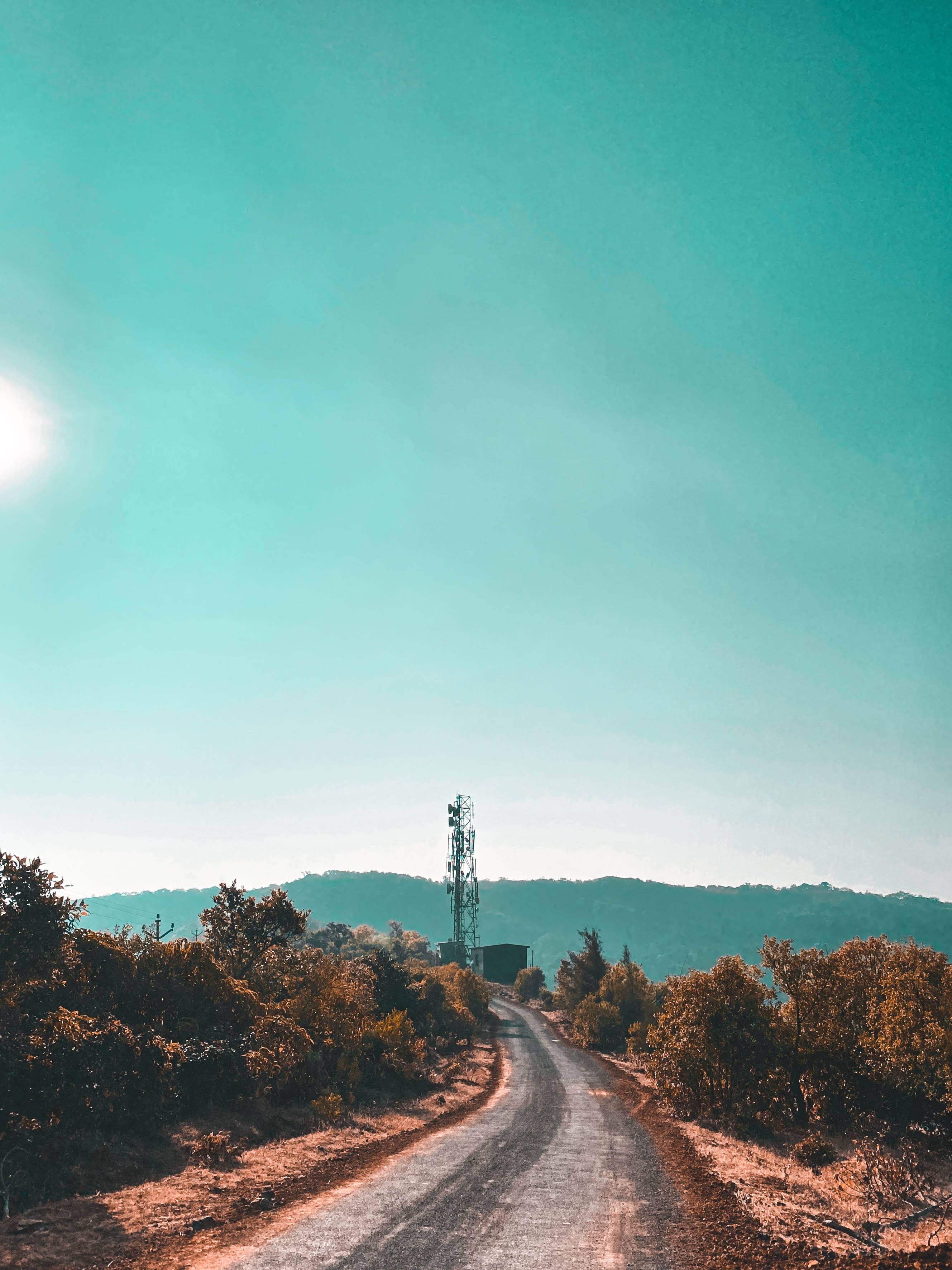

Photographing Landscapes: Composition and Lighting Tips
Photographing landscapes can be a rewarding experience, but capturing the beauty of nature requires careful attention to composition and lighting. Here are some tips to help you create stunning landscape photographs:
1. Rule of Thirds
The rule of thirds is a fundamental principle in composition. Imagine dividing your frame into a 3x3 grid by drawing two horizontal and two vertical lines. Place the main elements of your landscape along these lines or at their intersections to create a balanced and visually pleasing composition.

2. Leading Lines
Leading lines are excellent compositional tools that guide the viewer's eye through the photograph. Look for natural or man-made lines, such as roads, rivers, or fences, that lead towards a focal point in the distance. These lines add depth and draw attention to the main subject of your landscape.

3. Foreground Interest
Incorporating a strong foreground element can add depth and interest to your landscape photographs. Look for objects like rocks, flowers, or tree branches that can serve as a focal point in the foreground. This helps create a sense of scale and draws the viewer's attention into the scene.

4. Golden Hour Magic
The golden hour, which occurs shortly after sunrise or before sunset, offers the most magical lighting for landscape photography. The soft, warm light during this time enhances colors, adds dimension, and creates a pleasing mood. Plan your shoots around these times to capture stunning landscapes.

5. Use Filters
Filters are essential tools for landscape photographers. A polarizing filter can reduce glare and enhance colors, while a neutral density filter can help balance exposure in high-contrast scenes. Experiment with different filters to achieve the desired effects and improve the overall quality of your landscape photographs.

Remember, these tips are just starting points. Feel free to experiment and develop your unique style as a landscape photographer. With practice and an eye for composition and lighting, you'll be able to capture breathtaking landscapes that tell a story.
References:
- Rule of Thirds: https://digital-photography-school.com/rule-of-thirds/
- Leading Lines: https://www.photographymad.com/pages/view/leading-lines
- Foreground Interest: https://expertphotography.com/landscape-photography-foreground-interest/
- Golden Hour: https://digital-photography-school.com/golden-hour-photography/
- Using Filters: https://www.naturettl.com/using-filters-landscape-photography/
Related Posts
© 2025 Invastor. All Rights Reserved

User Comments